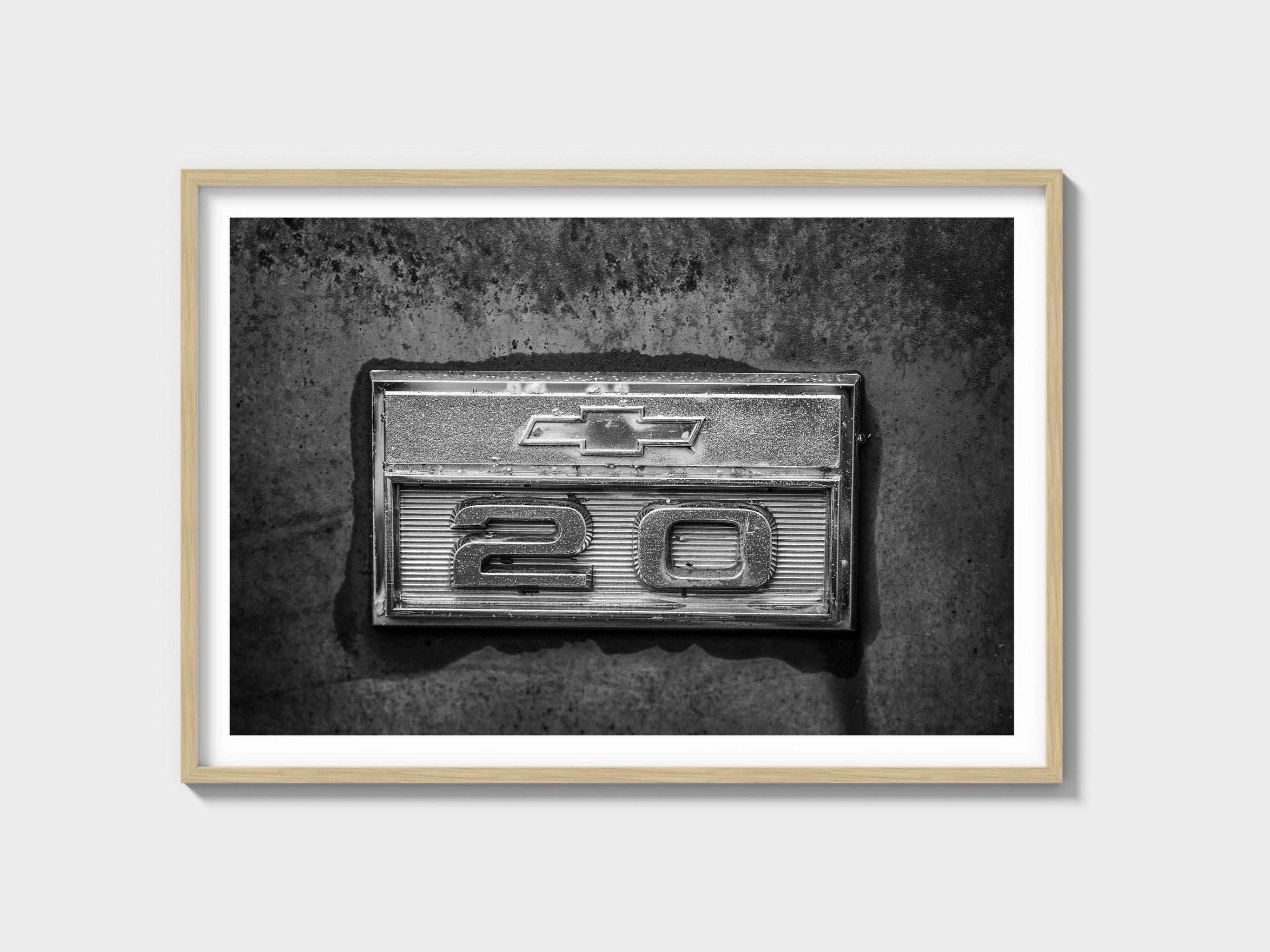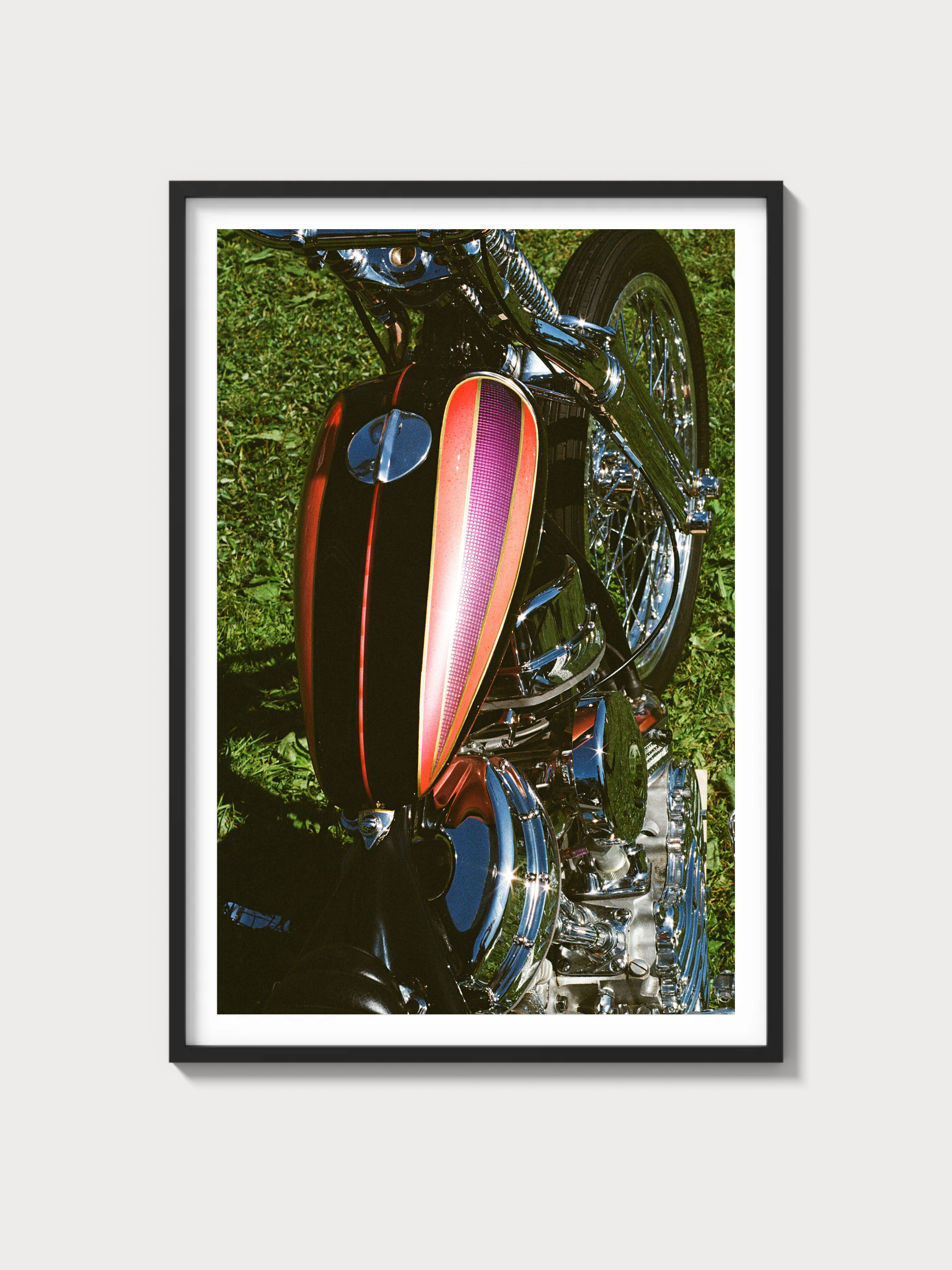2021–present Chevrolet Suburban LS (12th Gen) — The Base Model That Reset the Benchmark
Historical Context and Development Background
The 12th-generation Chevrolet Suburban arrived for the 2021 model year on GM’s T1 architecture (often referenced as GMT T1XX), sharing core underpinnings with the Silverado and its GMC and Cadillac SUV siblings. The engineering headline was overdue but decisive: an independent rear suspension replaced the decades-old live axle, transforming packaging, ride quality, and third-row comfort. A longer 134.1-inch wheelbase and reworked body structure yielded a sizeable cargo advantage and a calmer high-speed demeanor compared with the 11th-gen model.
Corporate strategy aligned the Suburban more tightly with its GMC Yukon XL and Cadillac Escalade ESV relatives, with substantial parts commonality in chassis electronics, E-boost braking, and the 10-speed automatic. Design shifted toward a bolder, more horizontal front graphic and elongated daylight opening, emphasizing the model’s role as Chevrolet’s long-wheelbase people-and-gear hauler.
Motorsport isn’t the Suburban’s beat, but GM’s chassis development benefits from enterprise-wide learnings—body control strategies and damper tuning philosophies honed on performance platforms quietly inform the SUV’s refinement. In the marketplace, the Suburban’s natural rivals include Ford’s Expedition Max, Lincoln Navigator L, Toyota’s Sequoia, and the Nissan Armada. Against these, the 12th-gen Suburban moved the needle on interior space and towing breadth, while leveraging familiar small-block V8 character and an optional inline-six turbo-diesel for long-range efficiency.
Engine and Technical Specifications (Base LS)
At LS level—the base trim in the Suburban hierarchy—the standard powerplant is GM’s 5.3-liter EcoTec3 V8 (RPO L84). It uses direct injection, cylinder deactivation via Dynamic Fuel Management, and variable valve timing. A 10-speed automatic is standard across the board, with rear-wheel drive standard and four-wheel drive available.
| Specification | 5.3L EcoTec3 V8 (L84) |
|---|---|
| Engine configuration | 90° OHV V8, pushrod, aluminum block/heads |
| Displacement | 5,328 cc (5.3 liters) |
| Horsepower | 355 hp @ 5,600 rpm |
| Induction type | Naturally aspirated |
| Redline | Not officially published (fuel cut near upper-5,000 rpm) |
| Fuel system | Direct injection (SIDI) |
| Compression ratio | 11.0:1 |
| Bore x stroke | 96.0 mm x 92.0 mm (3.78 in x 3.62 in) |
Optional on many trims in the range (availability varies by package) is the 3.0-liter Duramax inline-six turbo-diesel (LM2), rated at 277 hp and 460 lb-ft. The diesel’s broad torque plateau and highway efficiency suit the Suburban’s mission, though the LS’s core identity remains tied to the stalwart 5.3 V8.
Chassis, Dimensions, and Packaging
The T1 chassis uses an aluminum-intensive body over a high-strength steel frame, with electric power steering and a multi-link independent rear suspension. The geometry frees space under the load floor, dramatically improving cargo volume and third-row legroom. Key figures include a 134.1-inch wheelbase and an overall length of roughly 225.7 inches. Cargo volume swells into van territory with rows folded, a major differentiator versus prior generations.
Driving Experience and Handling Dynamics
On the road, the 12th-gen Suburban LS trades the previous live axle’s hop for a planted, almost loping stride. The coil-sprung multi-link rear keeps the body settled over expansion joints that used to agitate the structure, and the long wheelbase contributes to a relaxingly slow pitch frequency. Steering is geared for ease rather than razor response, but it’s accurate on center and consistent as load builds. The E-boost braking system provides confident pedal travel and repeatable stops without the sponginess that plagued some older hydroboost setups.
The 5.3 V8’s character is familiar small-block Chevrolet: quiet at cruise, with a muted baritone when prodded. Cylinder deactivation occurs unobtrusively, and the 10-speed’s close ratios help keep the engine squarely in its torque window. Throttle calibration is progressive rather than jumpy, making the LS feel well mannered in low-speed maneuvers. With RWD, you sense the front axle working less over broken surfaces; 4WD adds traction and confidence in poor conditions with only a small refinement penalty.
Full Performance and Mechanical Specifications
| Metric | 2021–present Suburban LS (5.3L V8) |
|---|---|
| 0–60 mph | Typically 7.5–8.0 s (independent instrumented tests; configuration-dependent) |
| Top speed | Approx. 112 mph (electronically limited; tire-dependent) |
| Quarter-mile | Typically 15.8–16.2 s (independent tests) |
| Curb weight | ~5,600–6,000 lb (equipment and drivetrain dependent) |
| Layout | Front-engine, RWD (4WD optional) |
| Brakes | Four-wheel ventilated discs, ABS, electronic brake assist (E-boost) |
| Front suspension | Independent coilover with stabilizer bar |
| Rear suspension | Independent multi-link, coil springs, stabilizer bar |
| Gearbox | 10-speed automatic with Tow/Haul mode and manual range select |
| Max towing (when properly equipped) | Up to 8,300 lb (5.3L RWD; equipment- and axle-ratio dependent) |
Variant Breakdown (12th-Gen Suburban Family)
The LS is the entry point. Above it sit LT, RST, Z71, Premier, and High Country. Availability and packaging can vary by market and year, but the core identity of each trim is consistent:
| Trim | Positioning | Key Differences vs. LS | Engines | Production numbers |
|---|---|---|---|---|
| LS (Base) | Entry-level | Cloth seating, 18-in wheels (typical), core safety/infotainment, conventional dampers | Standard 5.3L V8; diesel availability depends on package | Not publicly broken out by trim |
| LT | Popular equipment | Leather-appointed seating, upgraded audio, additional driver aids | 5.3L V8 standard; diesel available on select configurations | Not publicly broken out by trim |
| RST | Sport appearance | Sport styling cues, larger wheels/tires, dark trim | 5.3L V8 standard; diesel available (market/package dependent) | Not publicly broken out by trim |
| Z71 | Off-road themed | Unique front fascia for approach angle, all-terrain tires, underbody protection, available air suspension | 5.3L V8; diesel availability varies by model year/package | Not publicly broken out by trim |
| Premier | Luxury/tech | Magnetic Ride Control availability, more driver-assist features, richer trim | 5.3L V8 standard; diesel optional in some configurations | Not publicly broken out by trim |
| High Country | Flagship | Unique grille/badging, top-spec interiors, available Air Ride Adaptive Suspension | 6.2L V8 standard on many configurations; diesel available | Not publicly broken out by trim |
Ownership Notes: Maintenance, Parts, and Service
- Engine and fluids: GM’s Oil Life Monitoring system governs service intervals; many owners see oil-change prompts between roughly 7,500 and 10,000 miles under normal duty. Use dexos1-approved oil for the gasoline V8. The diesel requires diesel-rated oil and diesel exhaust fluid (DEF) top-offs.
- Spark plugs and filters: Typical GM schedules call for spark plugs around 97,500 miles for the V8. Engine air and cabin filters are commonly serviced around the 22,500–45,000-mile marks depending on environment.
- Transmission and driveline: The 10-speed is robust and widely used across GM’s portfolio; severe-duty schedules shorten fluid service intervals. 4WD transfer cases and differentials need periodic fluid changes—follow the maintenance guide specific to axle ratios and towing usage.
- Brakes and tires: E-boost braking is consistent and trouble-free; brake fluid replacement on a 2–3 year cadence is good practice. Tire rotations are critical on three-row SUVs to manage wear patterns.
- Parts availability: Exceptional. The Suburban shares many components with Silverado/Tahoe/Yukon/Escalade, making consumables and hard parts easy to source.
- Known issues to research: Some small-block V8s across the GM family have experienced valve lifter concerns related to cylinder deactivation hardware; GM has issued service guidance and TSBs depending on build ranges. Early infotainment or calibration updates are not unusual on first-year vehicles; ensure software is current. Always review the NHTSA recall database and GM service bulletins by VIN.
- Restoration difficulty: Low, as these are modern, mass-produced vehicles with strong dealer and aftermarket support. Complexity rises only with advanced suspension and driver-assist equipment on higher trims.
Cultural Relevance and Market Perspective
Few nameplates carry the institutional weight of the Suburban, which traces its lineage to the mid-1930s. In popular media, it’s the go-to full-size SUV—ubiquitous in film and television, frequently cast in official-duty roles. The model’s screen presence was formally acknowledged with an Award of Excellence star from the Hollywood Chamber of Commerce, underscoring its cultural footprint.
As for collectability, late-model 12th-gen LS examples are bought for utility rather than rarity. Enthusiast interest centers on specification (RWD vs 4WD), mileage, and maintenance records more than color-and-trim scarcity. Catalog auctions typically focus on historic Suburbans; contemporary LS models primarily trade through retail and wholesale channels.
FAQs
What engines are available on the base Suburban?
The LS comes standard with the 5.3L EcoTec3 V8 (355 hp, 383 lb-ft). Depending on packaging, the 3.0L Duramax inline-six turbo-diesel (277 hp, 460 lb-ft) has been offered on many trims in the range; availability can vary by model year and market.
What is the towing capacity?
When properly equipped, a Suburban with the 5.3L V8 and RWD is rated up to 8,300 lb. Ratings vary with drivetrain, axle ratio, and towing packages—always verify the door-jamb label and owner’s manual for a specific vehicle.
How quick is the Suburban LS?
Independent tests typically place 0–60 mph in the 7.5–8.0-second window for 5.3L configurations, with a quarter-mile in roughly the mid-15s to low-16s. Top speed is governed, commonly about 112 mph depending on tires.
What are the common problems?
Across GM’s V8 family, some owners have reported lifter issues related to cylinder deactivation hardware; GM has issued service procedures and parts updates tied to specific production ranges. As with many first-year vehicles on a new platform, infotainment and module calibration updates are common. Check for completed recalls and TSB compliance.
What fuel economy should I expect?
EPA estimates for 2021 Suburban models with the 5.3L typically fall in the mid-teens city and around 20 mpg highway depending on RWD vs 4WD; the 3.0L Duramax is notably more efficient, with highway figures in the mid-20s. Real-world results depend on load, terrain, and driving style.
How is the ride and handling compared with the previous generation?
The switch to an independent rear suspension is transformative. The rear is less prone to skitter on broken pavement, third-row comfort improves markedly, and overall composure at speed is better. Higher trims add Magnetic Ride Control and available air springs, but even the LS benefits from the new geometry.
Is the 10-speed automatic reliable?
The 10-speed used in the Suburban shares hardware and calibration philosophy with other GM applications. Maintain fluid on schedule—especially under towing/hauling duty—and it’s proven to be smooth and durable in service.
What are the dimensions and cargo numbers that matter?
Wheelbase is 134.1 inches, overall length about 225.7 inches. The independent rear layout lowers the load floor, enabling one of the class’s largest cargo holds with seats folded.

















































